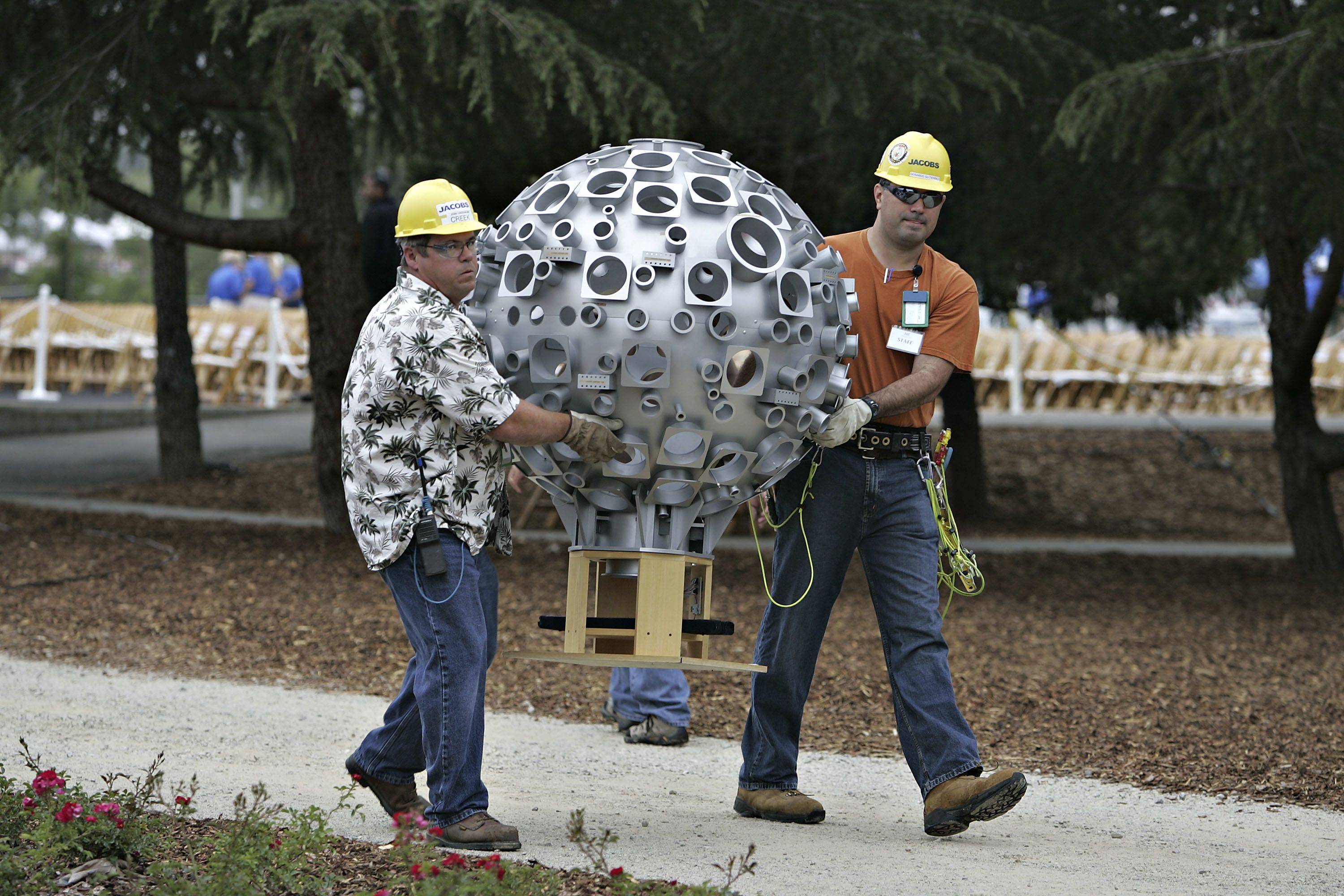It sounds thoroughly implausible: a technology that could replicate the chemistry of the stars, unleash nearly unlimited clean energy and safely power the world for centuries.
Yet sustainable nuclear fusion, long hypothesized, took a step closer to reality this month. Scientists at the National Ignition Facility, part of the Lawrence Livermore National Laboratory, announced that they had produced about 10 quadrillion watts of fusion power after blasting a hydrogen capsule with an array of laser beams. The burst lasted only a fraction of a second. But it offered significant new evidence that harnessing fusion energy could one day be feasible.
Celebration isn’t in order just yet, of course. Hype has plagued the field for decades (fusion energy, the old joke goes, is just 20 years away and always will be). And the remaining challenges to a workable reactor are daunting. Even the yield produced at the NIF — about 70% of the experiment’s energy input — is still a long way from a viable energy source.



















With your current subscription plan you can comment on stories. However, before writing your first comment, please create a display name in the Profile section of your subscriber account page.